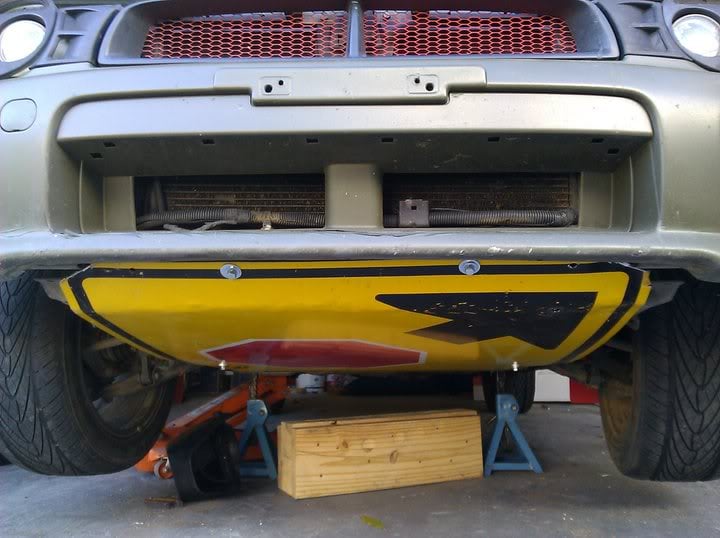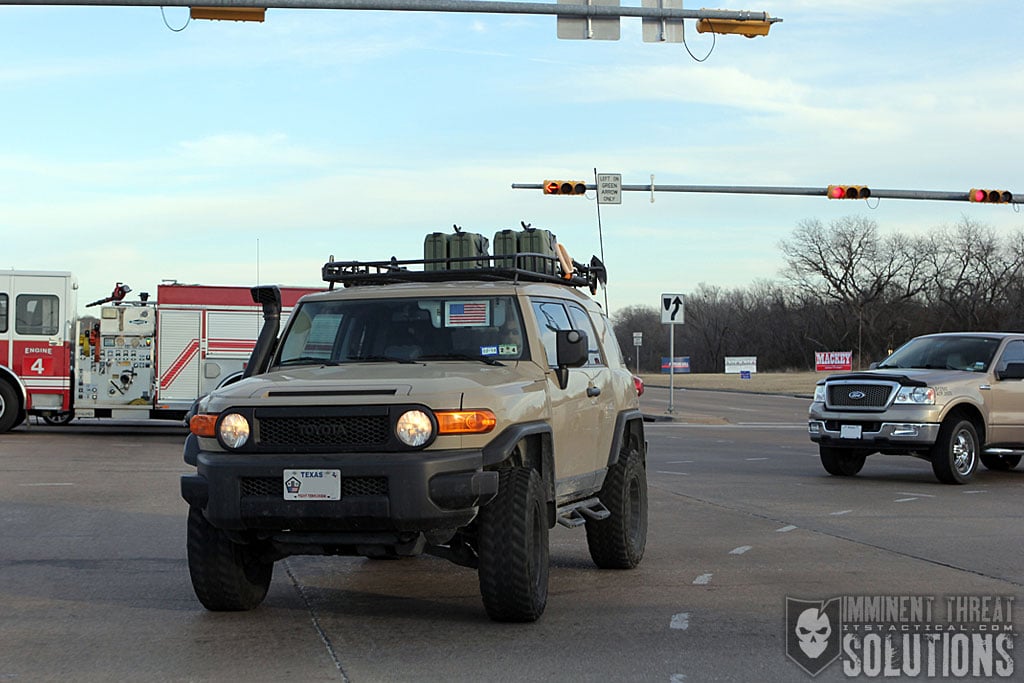Tactical Driving: Intro
Tactical Driving: Intro
 Tactical Driving is starting to gain in popularity, and we’d like to give it some attention here at ITS. Tactical Driving, Evasive Driving or Technical Driving… Whatever you decide to call it, is an important skill set to have. Believe it or not, learning these techniques will make you a better driver out on the road amongst the sheeple. It will enable you to respond quickly to any situation that arises and know the limits of your vehicle.
Tactical Driving is starting to gain in popularity, and we’d like to give it some attention here at ITS. Tactical Driving, Evasive Driving or Technical Driving… Whatever you decide to call it, is an important skill set to have. Believe it or not, learning these techniques will make you a better driver out on the road amongst the sheeple. It will enable you to respond quickly to any situation that arises and know the limits of your vehicle.
This skill set is most commonly found in Law Enforcement and Military/Contractor PSD (Protective Services Detail), but don’t think that because you don’t fall under those job descriptions that it’s not for you. Tactical Driving could potentially save your life in an impending car accident!
Simply reading this series of articles we’ll be featuring is not enough to give you the knowledge you need to drive tactically, this skill set must be practiced under pressure in a safe and legal location so that when the time comes, you’ll know exactly what to do. WARNING: OBEY ALL LAWS!!
Vehicle Types
While most of us aren’t going to be able to choose our vehicle based on how well it will tactically drive, it’s important to understand the differences between drive systems. Most people will know the four types of drive systems, but we’ll explain them here in terms of Tactical Driving.
Front Wheel Drive (FWD)
The majority of vehicles manufactured today are FWD for a reason, their safer. People like feeling warm and fuzzy knowing that their traction is improved by having the engine directly over the wheels. Their are also fewer parts connecting the engine to the drive train which equals a car that’s cheaper to manufacture.
Most of the manuvers you’ll read about call for the rear end of the car to slide, hell, you’ll be sliding both ends… either way FWD makes handling that much more difficult. There are ways around the downfalls of the FWD however, and most involve the emergency brake. More on that later…
Rear Wheel Drive (RWD)
The first and obvious benefit of RWD comes from acceleration, nothing beats a RWD in terms of straight-line acceleration due to the weight being transferred rearward. Having the weight to the rear also enable the RWD vehicle to slide it’s rear end during cornering.
The RWD vehicle may be less practical for everday driving then FWD, but in an real-world situation you’re better off opting for maneuverability over practicality.
All Wheel Drive (AWD)
The traction benefits of a FWD vehicle are doubled with an AWD vehicle, which puts the most amount of power to the ground in a cornering situation. While the AWD might seem like the best of both worlds between FWD and RWD, All Wheel Drive vehicles can severly understeer.
Understeering will prevent the car from doing what you need it to do around corners, like making the rear end slide.
Four Wheel Drive (4WD)
The basic concept of 4WD is that you essentially have both a 2WD and a 4WD vehicle all in one. The 4WD option usually has a “low” setting for providing more torque for climbing or crawling off-road, and a “high” setting which is best for providing more traction on-road in slippery conditions.
When the 4WD is not engaged, most vehicles have RWD/2WD. (confusing?) While this might seem like a great option, most vehicles with 4WD are taller (like trucks and jeeps) and are more likely to roll if you get them into a Tactical Driving scenario.
Now that you know your vehicle type and the pros and cons, you’re ready to start putting our future articles into practice and learning how to drive tactically! Stay tuned…











Discussion